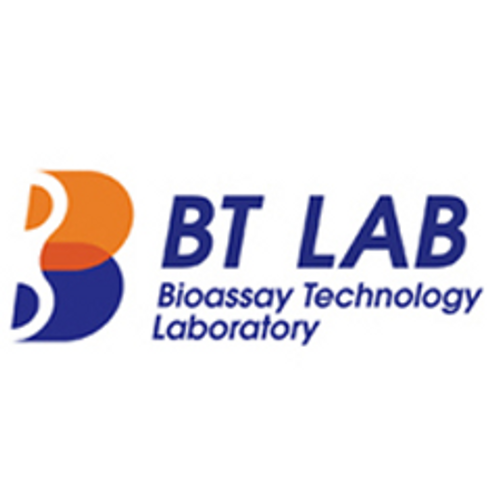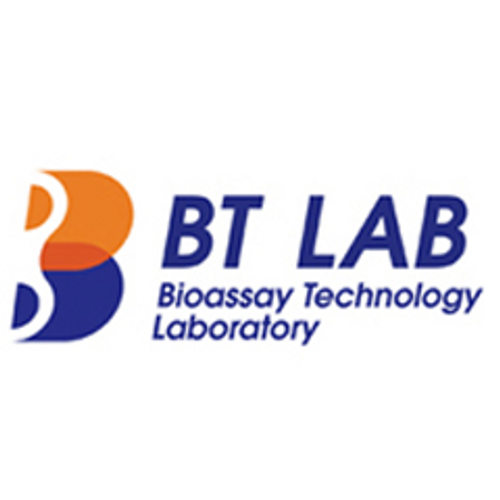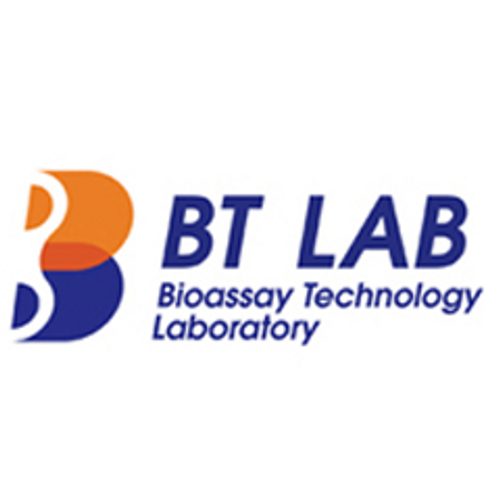Product Description
Pig Sialidase-1 (NEU1) ELISA Kit | AE60341PI | Abebio
Species Reactivity: Pig (Sus scrofa; Porcine)
Abbreviation: NEU1
Alternative Name: DAAP-222I20.1; FLJ93471; NANH; NEU; SIAL1; G9 sialidase|N-acetyl-alpha-neuraminidase 1|acetylneuraminyl hydrolase|exo-alpha-sialidase|lysosomal sialidase|neuraminidase 1
Application: ELISA
Range: 0.156-10 ng/mL
Sensitivity: 0.057 ng/mL
Intra-Assay: ≤4.9%
Inter-Assay: ≤9.5%
Recovery: 0, 98
Sample Type: Serum, Plasma, Other biological fluids
Detection Method: Sandwich
Analysis Method : Quantitive
Test Principale: This assay employs a two-site sandwich ELISA to quantitate NEU1 in samples. An antibody specific for NEU1 has been pre-coated onto a microplate. Standards and samples are pipetted into the wells and anyNEU1 present is bound by the immobilized antibody. After removing any unbound substances, a biotin-conjugated antibody specific for NEU1 is added to the wells. After washing, Streptavidin conjugated Horseradish Peroxidase (HRP) is added to the wells. Following a wash to remove any unbound avidin-enzyme reagent, a substrate solution is added to the wells and color develops in proportion to the amount of NEU1 bound in the initial step. The color development is stopped and the intensity of the color is measured.
Product Overview: Neuraminidase, or lysosomal sialidase, has a dual physiologic function: it participates in intralysosomal catabolism of sialated glycoconjugates and is involved in cellular immune response. The enzyme occurs in a complex with beta-galactosidase (GLB1) and protective protein/cathepsin A (CTSA) .The cDNA predicted a 415-amino acid protein showing extensive homology to other mammalian and bacterial neuraminidases. After the cleavage of a 47-amino acid N-terminal signal peptide and glycosylation, it becomes a 48.3-kD mature active enzyme similar to that found in the multienzyme lysosomal complex. Transient expression of cDNA in deficient human fibroblasts showed that the enzyme is compartmentalized in lysosomes and restores neuraminidase activity in a PPCA-dependent manner.
Stability: The stability of ELISA kit is determined by the loss rate of activity. The loss rate of this kit is less than 5% within the expiration date under appropriate storage condition. The loss rate was determined by accelerated thermal degradation test. Keep the kit at 37°C for 4 and 7 days, and compare O.D.values of the kit kept at 37°C with that of at recommended temperature. (referring from China Biological Products Standard, which was calculated by the Arrhenius equation. For ELISA kit, 4 days storage at 37°C can be considered as 6 months at 2 - 8°C, which means 7 days at 37°C equaling 12 months at 2 - 8°C) .
 Euro
Euro
 USD
USD
 British Pound
British Pound
 NULL
NULL








